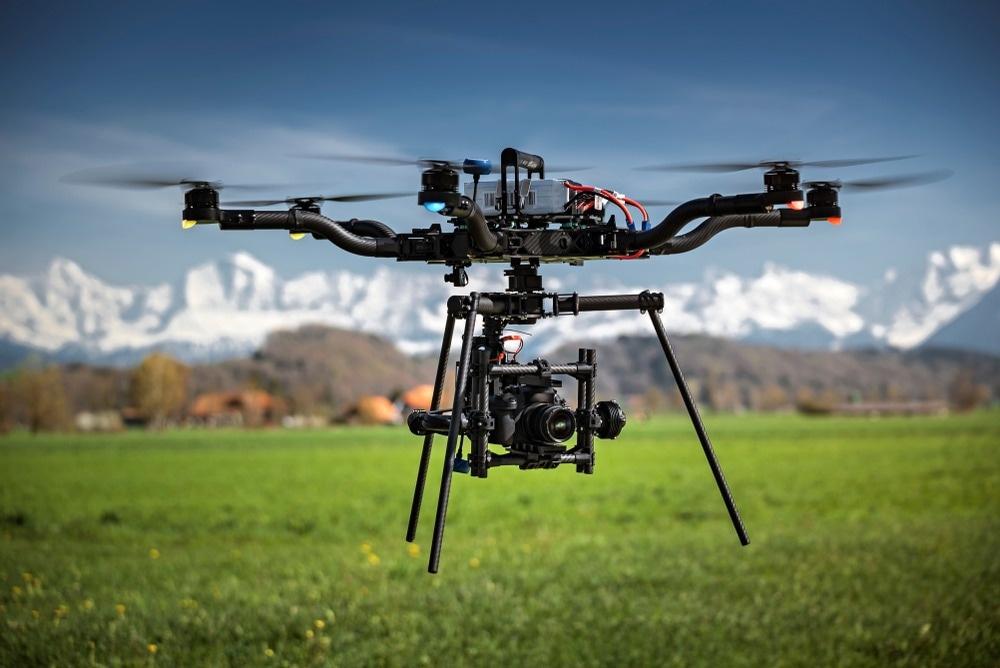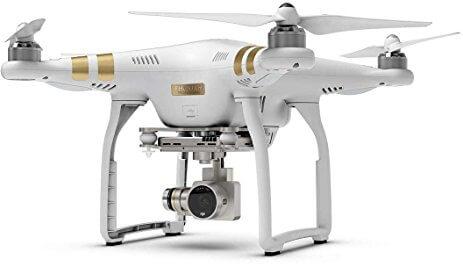In recent years, the silver screen has witnessed a subtle revolution soaring above its traditional frames. Drone cinematography, once a technological novelty reserved for big-budget productions, is now carving its niche in the indie film arena. These nimble flying cameras have unlocked new dimensions of storytelling, offering filmmakers unprecedented perspectives that were once the realm of helicopters and cranes. As indie filmmakers embrace this aerial artistry, the rise of drone cinematography is reshaping visual narratives and expanding the creative horizons of independent cinema. This article explores how drones are elevating indie films from grounded stories to captivating flights of imagination.
Table of Contents
- The Evolution of Visual Storytelling Through Drone Technology
- Capturing Authenticity and Scale in Indie Film Narratives
- Overcoming Technical Challenges and Maximizing Drone Potential
- Legal Considerations and Ethical Practices for Indie Filmmakers
- Practical Tips for Integrating Drone Shots on a Budget
- Frequently Asked Questions
- The Way Forward
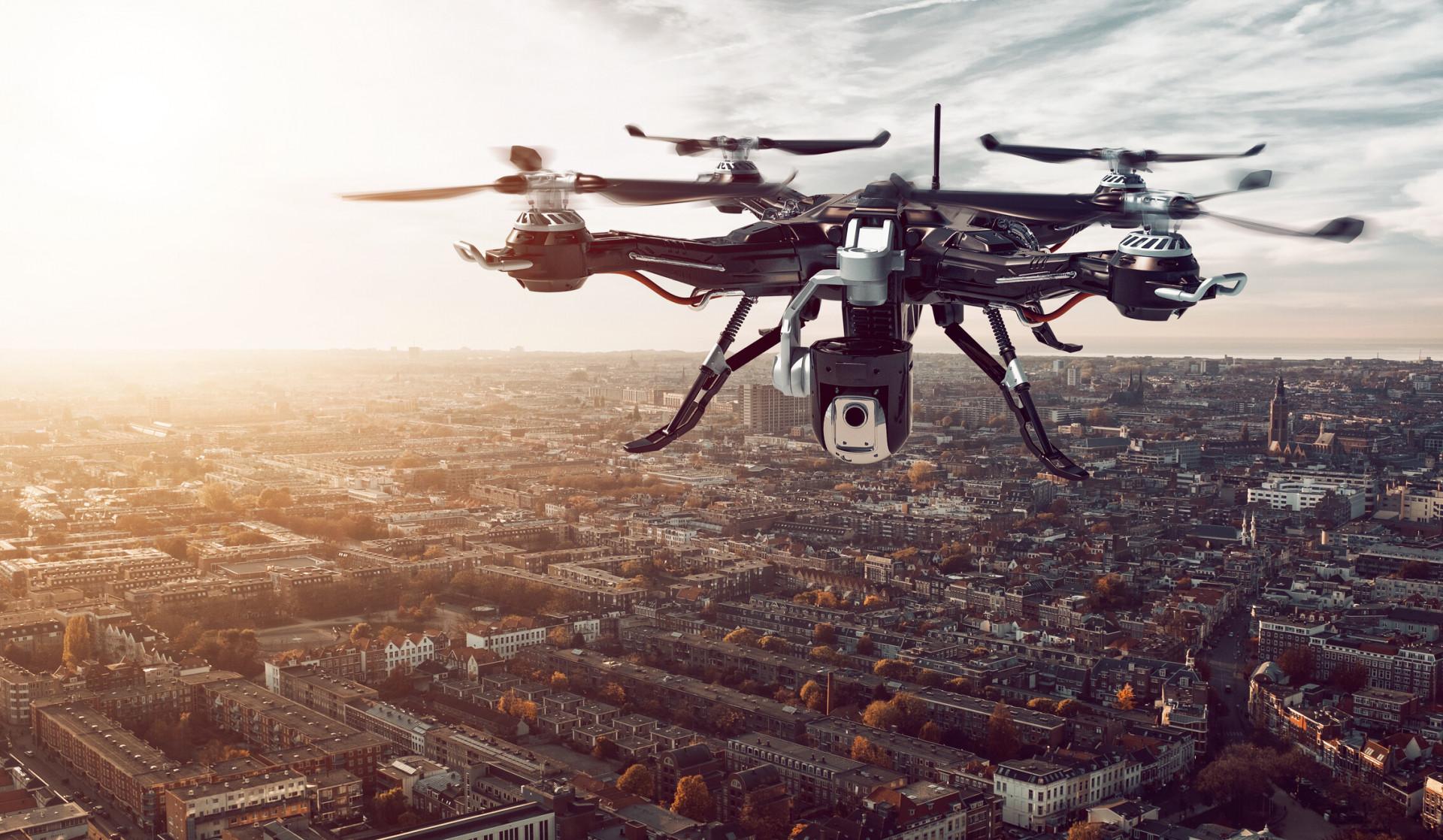
The Evolution of Visual Storytelling Through Drone Technology
From sweeping aerial vistas to intimate close-ups hovering inches above the ground, drone technology has revolutionized how stories are visually told in independent cinema. These agile flying cameras break the boundaries of traditional filmmaking by offering dynamic perspectives that were once accessible only to big-budget productions with helicopters or cranes. The democratization of aerial cinematography has empowered indie filmmakers to craft immersive narratives with a fresh visual language.
What makes drones particularly transformative is their versatility combined with affordability. They allow creators to:
- Capture breathtaking landscapes that set mood and context without the cost of expensive equipment rentals.
- Execute complex tracking shots that follow characters through challenging terrain or crowded scenes, enhancing storytelling fluidity.
- Experiment with scale and perspective to evoke emotions, whether it’s the loneliness of a protagonist in a vast wilderness or the frenetic energy of urban life.
These capabilities have not only expanded the visual toolkit but also inspired more innovative narratives. The aerial vantage point encourages filmmakers to think beyond linear storytelling, exploring themes of freedom, surveillance, and human connection from new angles. As drones become lighter, quieter, and easier to operate, their integration into indie projects is only set to deepen.
| Feature | Benefit | Impact on Indie Films |
|---|---|---|
| Compact Size | Easy to maneuver in tight spaces | Allows unique interior shots and hidden perspectives |
| Stabilized Gimbals | Smooth footage despite movement | Professional-looking cinematic quality |
| Affordable Pricing | Accessible to low-budget projects | Levels the playing field for visual innovation |
| Remote Operation | Safer and quicker shooting process | Enables shots in hazardous or inaccessible locations |
Capturing Authenticity and Scale in Indie Film Narratives
In the realm of indie films, where budgets often constrain creativity, drone cinematography has emerged as a transformative tool, enabling filmmakers to capture expansive vistas and intimate moments alike. Unlike traditional camera rigs, drones offer a unique vantage point-gliding effortlessly over landscapes or weaving through tight urban spaces-bringing a fresh perspective that feels both organic and immersive.
Authenticity in storytelling is heightened when the camera’s movement mirrors the natural rhythm of a scene. Drones contribute to this by providing fluid, dynamic shots without the artificiality of cumbersome equipment setups. This freedom allows indie directors to experiment with scale and depth, juxtaposing sweeping aerial views with grounded, human-scale interactions, thus deepening the emotional resonance of their narratives.
Key advantages of drone cinematography in indie films include:
- Cost-effective access to cinematic aerial footage
- Enhanced visual storytelling through dynamic perspectives
- Agility in capturing unpredictable, real-world environments
- Minimal crew requirements, maintaining an intimate set atmosphere
Below is a quick comparison of traditional vs. drone cinematography benefits for indie filmmakers:
| Aspect | Traditional Cinematography | Drone Cinematography |
|---|---|---|
| Setup Time | Lengthy, complex rigging | Quick, flexible deployment |
| Cost | High (cranes, helicopters) | Affordable (compact drones) |
| Shot Variety | Limited by equipment size | Wide range, including aerial and close-up |
| Crew Size | Large, specialized teams | Small, adaptable crews |
By embracing drone technology, indie filmmakers are not just expanding their visual toolkit-they are redefining what it means to tell authentic stories on a grand scale, making each frame resonate with both intimacy and epic scope.
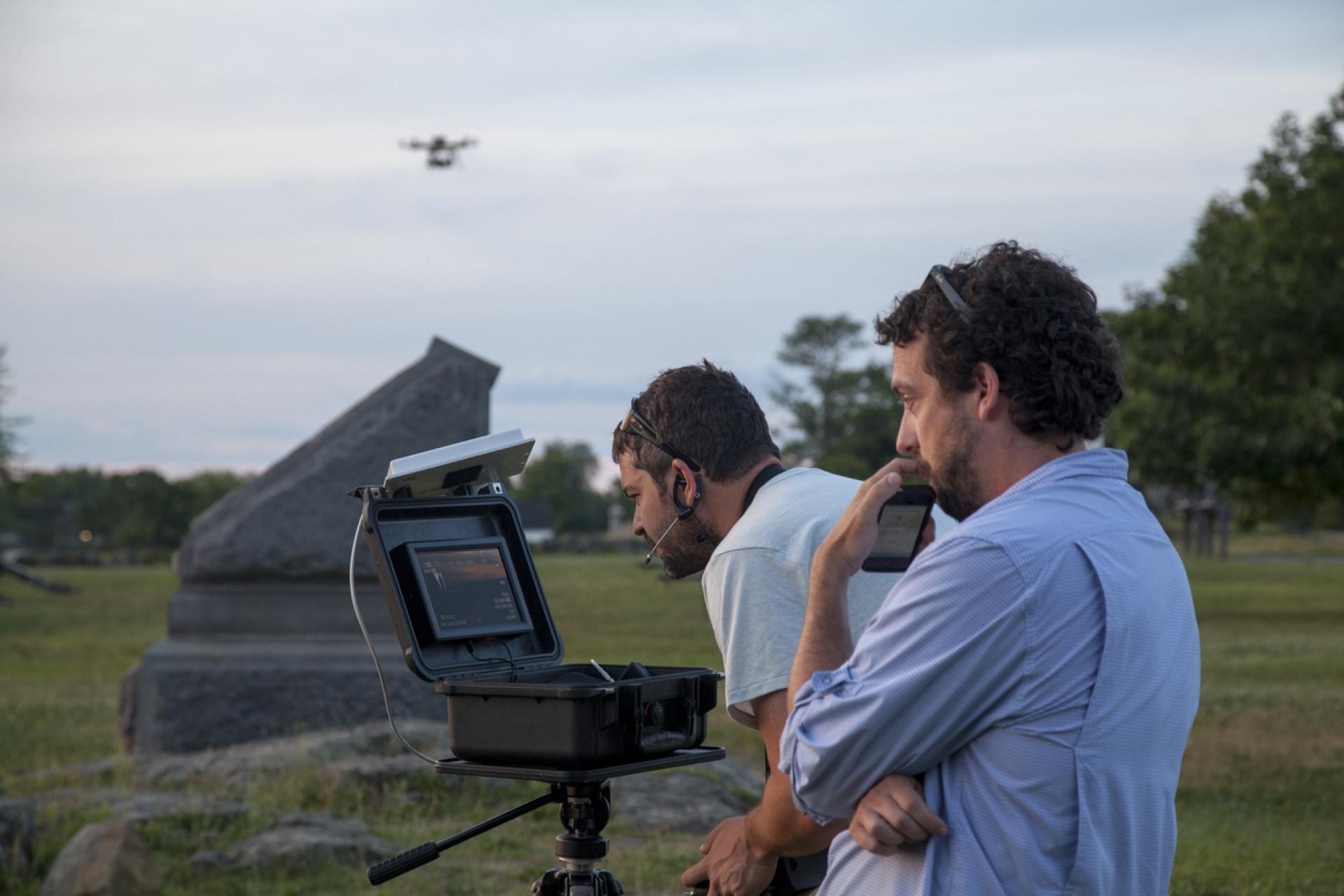
Overcoming Technical Challenges and Maximizing Drone Potential
Indie filmmakers often face a steep learning curve when integrating drones into their storytelling toolkit. Technical hurdles such as signal interference, battery limitations, and navigating complex regulations can initially seem daunting. However, by embracing these challenges as opportunities for innovation, many creators have pushed the boundaries of what’s possible with aerial cinematography.
Optimizing flight plans and pre-visualizing shots using advanced software have become key strategies. These tools allow filmmakers to maximize battery life and avoid no-fly zones, ensuring smooth, uninterrupted filming sessions. Additionally, investing time in mastering manual drone controls rather than relying solely on automated modes gives directors and pilots finer control over cinematic framing and movement.
Collaboration between drone operators and cinematographers has also evolved into a precise art form. Understanding each other’s language and creative vision helps overcome common technical frustrations. Together, they can choreograph complex aerial sequences that complement the narrative, rather than distract from it. This synergy unlocks a new dimension of storytelling that was once accessible only to big-budget productions.
- Custom firmware tweaks: Enhance performance and responsiveness tailored for specific film requirements.
- Modular payloads: Quick swaps between cameras and sensors improve versatility on set.
- Real-time data streaming: Enables instant feedback and adjustments during flight.
| Challenge | Solution | Benefit |
|---|---|---|
| Limited Battery Life | Use of lightweight batteries and efficient flight paths | Extended shoot duration without frequent interruptions |
| Signal Interference | Frequency hopping and signal boosters | Stable connection, reducing risk of flyaways |
| Regulatory Restrictions | Pre-approved flight permits and geo-fencing software | Legal compliance and safer shooting environments |
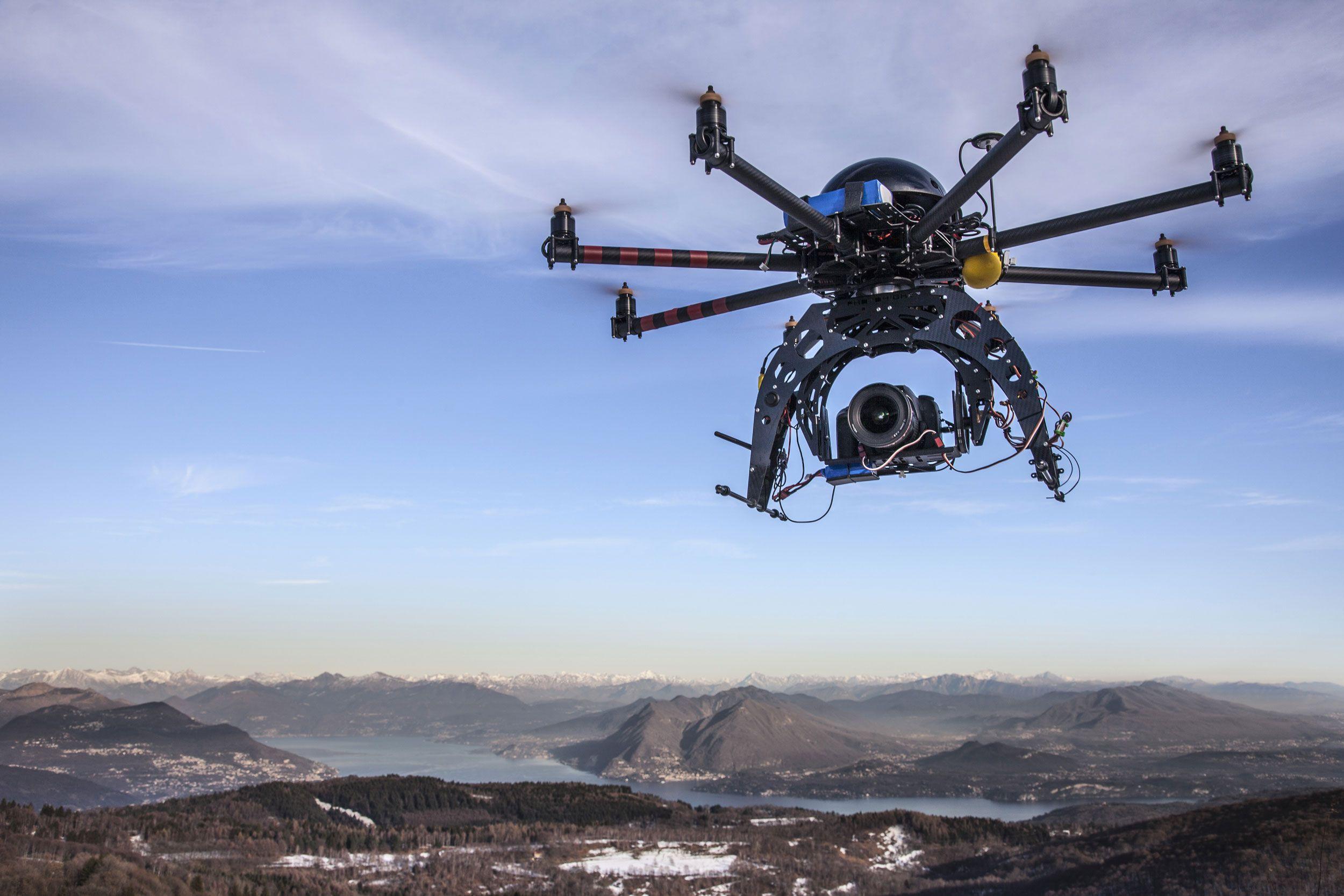
Legal Considerations and Ethical Practices for Indie Filmmakers
When incorporating drone technology into indie film projects, filmmakers must navigate a complex landscape of legalities and ethical considerations. Compliance with aviation regulations-such as obtaining necessary permits and adhering to flight restrictions-is crucial to avoid legal repercussions. In many countries, drones used for commercial purposes, including filmmaking, require registration and operator certification, making it essential for indie filmmakers to research local laws thoroughly before taking flight.
Privacy concerns also play a pivotal role. Capturing footage without explicit consent from individuals or private property owners can lead to legal disputes and damage reputations. Ethical storytelling involves respecting the privacy of bystanders and communities, ensuring that drone shots do not infringe on personal boundaries or sensitive locations.
Beyond legality, filmmakers should consider the environmental and social impact of drone usage. Flying drones in protected natural areas or during wildlife breeding seasons can disturb ecosystems. Additionally, being mindful of noise pollution in residential neighborhoods helps maintain goodwill with the community. Balancing creative ambition with responsibility fosters a sustainable approach to drone cinematography.
| Aspect | Key Considerations | Indie Filmmaker Tips |
|---|---|---|
| Legal Compliance | Permits, registration, flight zones | Check local aviation authority websites |
| Privacy | Consent, avoiding private property | Use release forms and scout locations |
| Environmental Impact | Wildlife disturbance, noise pollution | Plan shoots during low-impact times |
| Safety | Operator skill, crowd safety | Conduct risk assessments and brief crew |
- Stay informed: Laws and guidelines evolve rapidly; subscribe to updates from relevant authorities.
- Train thoroughly: Master drone operation and emergency protocols before shooting.
- Respect boundaries: Maintain ethical storytelling by prioritizing consent and minimizing disruption.
Practical Tips for Integrating Drone Shots on a Budget
Incorporating drone shots doesn’t have to drain your indie film budget. Start by scouting locations with minimal restrictions to avoid costly permits and fines. Public parks or open fields often offer spectacular aerial opportunities without added expenses. Consider scheduling your shoots during off-peak hours to secure better deals with drone rental companies or freelance pilots.
DIY drone operation is another game-changer. Many affordable drones now come with user-friendly controls, allowing filmmakers to learn basic piloting themselves. Investing time in mastering these skills can save on hiring professionals and bring a personal touch to your footage. Online tutorials and community forums are treasure troves for quick learning tips and troubleshooting.
- Borrow or rent drones from local film schools or community centers.
- Utilize smartphone apps that help plan flight paths and optimize shots.
- Mix drone footage with traditional handheld shots to reduce flight time.
- Leverage natural lighting and weather conditions to minimize post-production fixes.
| Cost-Saving Strategy | Benefit | Estimated Savings |
|---|---|---|
| Self-Piloting | Eliminates pilot fees | Up to 50% |
| Off-Peak Scheduling | Lower rental rates | Up to 30% |
| Local Location Scouting | No permit costs | Variable |
Frequently Asked Questions
Q&A: The Rise of Drone Cinematography in Indie Films
Q1: What sparked the surge of drone cinematography in independent filmmaking?
A1: The surge largely stems from drones becoming more affordable and accessible, allowing indie filmmakers to capture sweeping aerial shots previously reserved for big-budget productions. This technology democratizes the visual storytelling toolkit, enabling creatives to explore new perspectives without breaking the bank.
Q2: How do drones enhance the storytelling in indie films?
A2: Drones introduce a dynamic layer to storytelling by offering fluid, bird’s-eye views and immersive tracking shots. They can transform mundane settings into cinematic landscapes, adding emotional depth or tension. This fresh visual language helps indie films punch above their weight in terms of production value and audience engagement.
Q3: Are there unique challenges indie filmmakers face when using drones?
A3: Absolutely. Beyond the technical learning curve, indie filmmakers must navigate legal restrictions, such as no-fly zones and licensing requirements, which can be daunting. Battery life and weather conditions also impose limits, requiring creative problem-solving to maximize flight time and shot variety.
Q4: How has drone cinematography influenced the aesthetic of indie films?
A4: Drone shots often infuse indie films with a sense of scale and freedom, contrasting intimate, grounded narratives with expansive visuals. This blend can create a poetic tension-highlighting characters’ isolation or connection to their environment-and has become a hallmark of contemporary indie aesthetics.
Q5: What does the future hold for drone use in independent filmmaking?
A5: As drones evolve with better cameras, longer flight times, and smarter automation, indie filmmakers will likely harness these advancements to push creative boundaries further. We can expect more experimental angles, complex tracking sequences, and even integration with VR storytelling, making drones an indispensable artistic ally in indie cinema’s evolution.
The Way Forward
As drone technology continues to evolve and become more accessible, indie filmmakers are embracing this aerial perspective to tell their stories in fresh and captivating ways. The rise of drone cinematography is not just a trend but a transformative tool that expands the creative horizon, allowing independent storytellers to soar beyond traditional boundaries. In this new cinematic landscape, the sky is no longer the limit-it’s just the beginning.